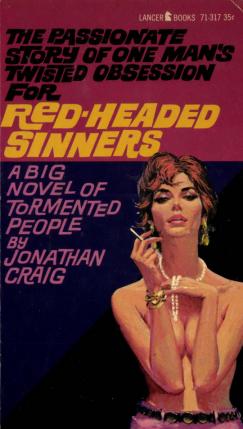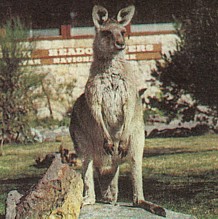In solving the cryptic crossword in The Grauniad this morning, I learned of a fearsome creature I had never previously heard of – the Goliath bird-eating spider. Eek! Unfamiliar with this beast, I was able to work out the answer from the clue, the ingenious anagram “Big horrid giant’s ideal pet”. Wishing to know more, I took a trip to the Wikipedia and found that the spider was given its name by intrepid Victorian explorers who saw one devouring a hummingbird. I am going to have to investigate this more thoroughly, using proper tools, i.e. books.
The Wikipedia does not explicitly state that the Victorian explorers were intrepid, but in my innards I feel sure they were. I can picture them, wearing pith helmets, with Bibles stuck in their pockets, stalking through alien terrain. Within weeks or months, of course, they would go to pieces in the tropics, as so many doughty Empire-builders did before them, but for now, they could watch a hummingbird being eaten by a spider and make careful notes in their sweat-stained jotting pads.
Had the crossword appeared yesterday, I would not have been able to look up the Goliath bird-eating spider in the Wikipedia, because it shut down for twenty-four hours. Though this blackout left many bereft, it did not worry me, as I was able to funnel all my enquiries towards the Nigipedia, which I suspect will henceforth be my main online source of reference. Indeed, so inspiring do I find the Nigipedia that I am toying with the idea of setting up a rival, to be called either the Hootingpedia or the Keyipedia. There is a sense in which the accumulated material splurged forth here over the past eight years already constitutes an encyclopaedic body of knowledge. Try tapping a word or phrase into the Hooting Yard Search pane over to your left and there is a distinct possibility you will be enlightened, or, if not enlightened, kept swaddled in ignorance. Frustrated searchers may wish to let me know of topics not yet covered, and I will do my best to add to the databases.
One of the other answers in today’s crossword was Henry Fonda. I then thought of a parallel universe, or alternative past, where Jane and Peter’s papa had starred in The Incredible Shrinking Man (Jack Arnold, 1957) in place of Grant Williams. It was Williams, you will recall, who played Scott Carey, the yachting businessman who is engulfed in a mysterious cloud – not unlike M P Shiel’s The Purple Cloud – after which he becomes gradually tinier and tinier. (There are scenes in the film where his predicament causes him to have outbursts of helpless anger, which we could call a Tinie Tempah, but let us draw a veil over that thought.) In my imagined version starring Fonda rather than Williams, I pictured a terrifying scene where Scott Carey is menaced by a Goliath bird-eating spider. Of course, Carey/Fonda is not a bird, but the spider might mistake him for one, and come scuttling towards him across a dolls’ house floor, as the music swells and screeches and we put our hands over our eyes and whimper with fear. Come to think of it, there is something a little birdlike about Henry Fonda’s countenance, from a certain angle, in a certain light, and I suspect if one were able for a moment to imagine oneself as a Goliath bird-eating spider then a tiny Henry Fonda could present himself as a rather toothsome snack.
Among the other answers in today’s crossword are Oscar (Henry Fonda won two Best Actor Oscars, plus a Lifetime Achievement award), Vinegary, Nonsuch, Gnostic, Dossier, and Motion, this last in reference to the Lemsip-swigging ex-Poet Laureate. If Andrew Motion is reading this, which is unlikely, but possible, I think it is about time he took my advice and wrote a poem or two about Goliath bird-eating spiders. Let me get him started.
Instead of my Lemsip I was swigging some cider
When I was attacked by a bird-eating spider
Its name was Goliath and it was quite hairy
I am a milksop so I found it scary










